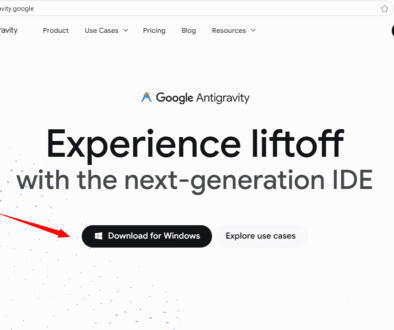Agentic AI Design Patterns
Agentic AI Design Patterns
Agentic AI design patterns are repeatable blueprints for building systems where autonomous “agents” — software components that perceive, decide, and act — work together to solve problems. These patterns help engineers organize complexity, choose trade-offs, and build reliable, understandable multi-agent systems
Introduction to Agentic AI
Agentic AI refers to systems composed of autonomous agents that take actions toward goals with some level of independence. Each agent senses its environment (data, user input, other agents), reasons or plans, and performs actions (calling APIs, updating state, sending messages). Agentic systems range from simple task-automation bots to complex networks of cooperating agents that manage services, research, or creative work.
What is a Design Pattern
A design pattern is a proven solution to a recurring engineering problem. It is not code, but a template describing roles, interactions, and trade-offs. Patterns make it faster and safer to design systems because you reuse knowledge about what worked (and what didn’t) in similar situations.
An Agentic AI design pattern applies the idea of patterns to agent-based systems. It describes how agents should be structured, how they communicate, how responsibilities are split, and how decisions are made. Using these patterns helps you answer questions like: How many agents should I use? Who coordinates them? How do they share information? What failure modes should I expect?
Common Agentic AI Design Patterns
Some of the common design patterns are as follows:
- Classic Hierarchical AI Agents
- Peer to Peer Agents
- Adversarial AI Agents
- Master Agent
Classic Hierarchical AI Agents
In this pattern agents are organized in layers like a company org chart. High-level agents handle strategy and long-term planning, middle layers break goals into tasks, and low-level agents execute specific actions.
When to use: Good for complex tasks that naturally decompose into subtasks and when clear responsibility boundaries reduce complexity.
Pros: Clear control flow, easier debugging, predictable responsibilities.
Cons: Can be rigid, slower to adapt, and suffer single points of failure at higher levels.
Peer to Peer Agents
Peer-to-peer agents are flat: agents are peers that collaborate without a fixed hierarchy. They negotiate, share knowledge, and coordinate via messaging or shared data stores.
When to use: Useful when tasks are distributed, fault tolerance and scalability are important, or roles need to be dynamic.
Pros: High resilience, flexible, scales horizontally.
Cons: Coordination overhead, potential for conflicting actions, and harder global reasoning.
Adversarial AI Agents
In an adversarial pattern, two or more agents have opposing objectives — for example, a generator and a critic. The interaction can improve robustness or performance: critics find weaknesses, attackers probe vulnerabilities, and defenders harden behavior.
When to use: Training robust models, stress-testing systems, or improving quality through critique and refinement loops.
Pros: Drives improvement, exposes blind spots, and yields stronger solutions.
Cons: Risk of unstable dynamics, difficult convergence, and needs careful balancing.
Master Agent
The Master Agent (sometimes called Coordinator or Orchestrator) assigns tasks, monitors progress, and resolves conflicts between worker agents. It acts as a central planner while workers focus on execution.
When to use: When centralized knowledge of the overall goal simplifies task allocation, or when consistent global state is required.
Pros: Simpler global coordination, easier monitoring and logging, and consistent decision-making.
Cons: Creates a central point of failure and may bottleneck performance; scalability needs careful design.
Agentic AI design patterns are practical tools for designing autonomous multi-agent systems. They encode trade-offs between control, flexibility, robustness, and scalability. For beginners, the most important step is to model your problem clearly, choose a pattern that fits, and iterate—observability and small prototypes dramatically reduce risk.
